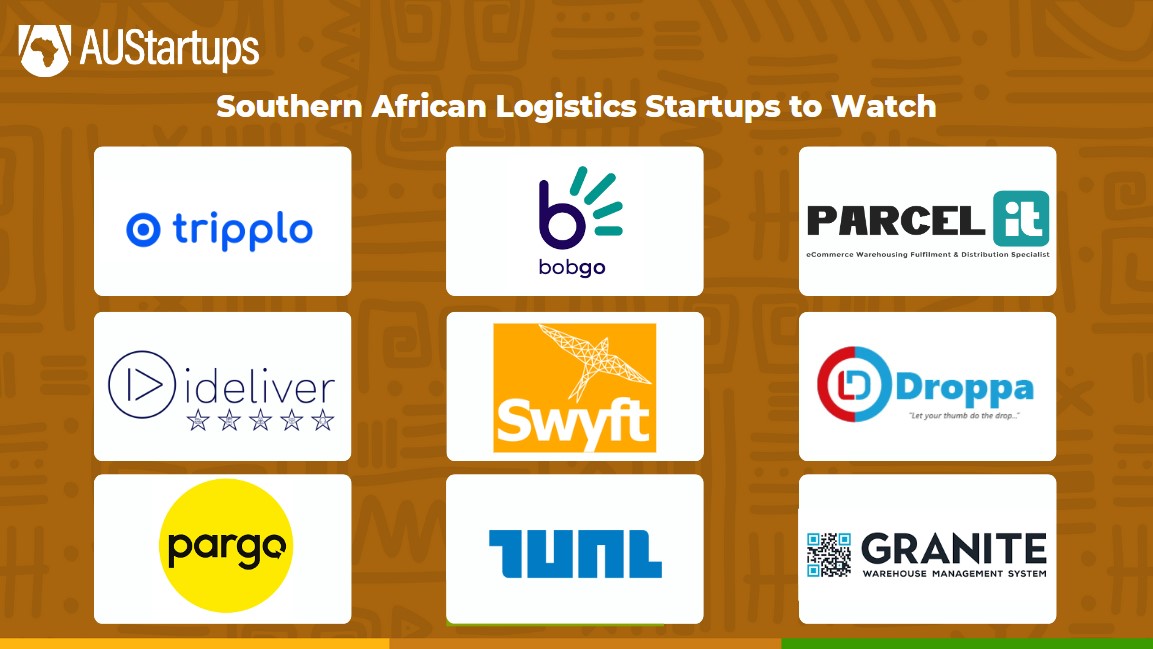In the startup world, it’s easy to get caught up in features, functionality, and what the competition is doing. But if there’s one lesson that every successful founder eventually learns, it’s this: the real game-changer is building products that solve real problems for real people.
Too often, entrepreneurs fall into the trap of creating solutions that look good on paper but fail to resonate with their target audience. They chase the latest trends, build features that seem flashy, and forget the most important question—What do your customers actually need?
At the end of the day, the products that stand out are those that are deeply aligned with the needs and pain points of their users. It’s not about having the most features or the sleekest design. It’s about delivering true value in a way that’s meaningful.
The Problem with Feature-First Thinking
Let’s be honest—there’s a certain allure to adding more features to your product. It feels like progress. It feels like innovation. But here’s the thing: more features don’t always equate to a better product. In fact, they can often lead to a cluttered user experience that leaves customers feeling overwhelmed.
The truth is, many founders focus on building what they think users want rather than listening to what their customers are actually asking for. The result? Products that are filled with features no one uses, while the core problems remain unsolved.
The key is to shift your mindset from being feature-driven to being customer-driven. It’s about building with intention, focusing on what truly matters to your audience.
How to Build Customer-Centric Products
Building a product that resonates with your customers doesn’t happen by accident. It requires a deep understanding of who your customers are, what they’re struggling with, and how your product fits into their lives. Here are a few strategies to help you build products that truly matter:
- Start with Empathy
- It all begins with understanding your customers on a deeper level. This means stepping into their shoes, seeing the world from their perspective, and identifying the pain points they face on a daily basis. Instead of making assumptions, take the time to listen to their concerns, frustrations, and desires.
- Conduct interviews, gather feedback, and immerse yourself in their experience. The more you understand your customers’ pain points, the better positioned you’ll be to create a solution that addresses their real needs.
- Focus on the Core Problem
- It’s easy to get distracted by shiny new features, but the real value comes from solving the core problem that brought your customers to you in the first place. If you’re trying to be everything to everyone, you’ll end up being nothing to anyone. Prioritize solving the most pressing issues your customers are facing, and let everything else be secondary.
- Iterate Based on Feedback
- Building customer-centric products is not a one-and-done process. It requires continuous iteration based on real feedback. Launch early, gather feedback, and refine your product as you go. The goal is to create a feedback loop where your customers are directly shaping the product.
- Don’t wait until your product is “perfect” to launch. Get it into the hands of users as soon as possible, collect feedback, and use that information to make data-driven improvements. Your customers will appreciate being part of the journey, and you’ll end up with a product that better meets their needs.
- Simplify the User Experience
- Sometimes, less is more. Your customers don’t need a thousand features—they need a product that’s easy to use and solves their problems efficiently. Focus on simplicity, clarity, and ease of use. A streamlined user experience will always win over a feature-heavy product that’s difficult to navigate.
- Think about the products you love using. Chances are, they’re the ones that make your life easier, not more complicated. Strive to create an experience that feels intuitive, straightforward, and genuinely helpful.
- Measure What Matters
- Success isn’t measured by how many features your product has. It’s measured by how well it solves the problem it was designed to address. Identify the key performance indicators (KPIs) that align with your customer’s needs. Focus on metrics that show you’re delivering real value—whether that’s increased user engagement, reduced churn, or higher customer satisfaction.
Real-World Examples of Customer-Centric Product Development
Let’s take a look at some companies that have mastered the art of building customer-centric products:
- Slack: When Slack launched, it wasn’t trying to be the most feature-rich communication tool on the market. Instead, it focused on solving a specific problem—making team communication easier and more efficient. By listening to their users and iterating quickly based on feedback, they built a product that people actually loved using.
- Notion: Instead of trying to do everything at once, Notion focused on creating a tool that was flexible enough to adapt to each user’s workflow. By prioritizing the user experience and listening closely to customer feedback, they were able to build a product that’s now used by millions of teams and individuals around the world.
- Dropbox: Dropbox started with a simple premise—making file storage and sharing easy. They didn’t try to overload their product with features from the beginning. Instead, they focused on delivering a seamless user experience, and then expanded based on user feedback as their customer base grew.
How to Foster a Customer-First Mindset in Your Team
Building customer-centric products isn’t just the responsibility of the product team. It’s a mindset that needs to permeate every aspect of your business. Here’s how you can cultivate this mindset within your organization:
- Make Customer Feedback a Priority
- Create systems for collecting feedback regularly. This could be through surveys, customer support interactions, or direct outreach. The more channels you have for gathering feedback, the better you’ll understand your customers’ evolving needs.
- Empower Your Team to Solve Problems
- Encourage your team to think creatively about how they can solve customer problems. This means giving them the autonomy to experiment, try new approaches, and take ownership of their work. When your team feels empowered, they’ll be more invested in the success of your customers.
- Celebrate Customer Success Stories
- Share stories of how your product has helped customers solve their problems. This not only boosts morale but also reinforces the impact your team is making. It’s a great way to remind everyone of why they’re doing what they’re doing.
Final Thoughts: Building Products That Matter
In the end, the products that stand the test of time are the ones that genuinely solve problems for the people who use them. It’s not about chasing the latest trends or trying to outdo your competition. It’s about focusing on your customers, understanding their needs, and building solutions that make their lives better.
As a founder, your job isn’t just to build a product—it’s to build a solution that people can’t live without. So take the time to listen, iterate, and focus on what truly matters. When you build with intention, your customers will feel it, and your product will become more than just another tool—it will become a part of their everyday lives.
In a crowded market, the companies that rise to the top are the ones that put their customers first. Be one of them.



